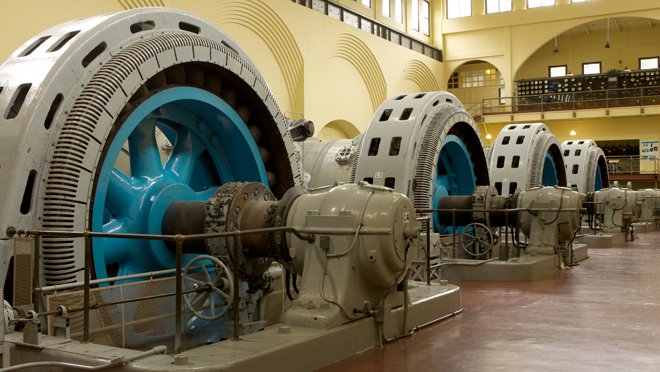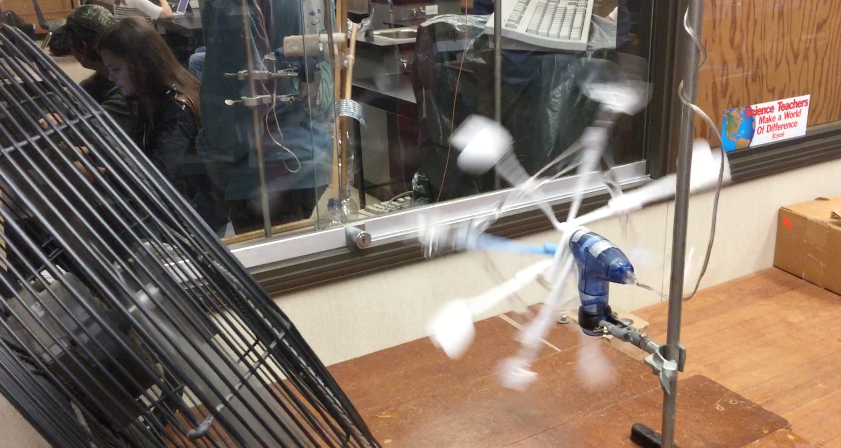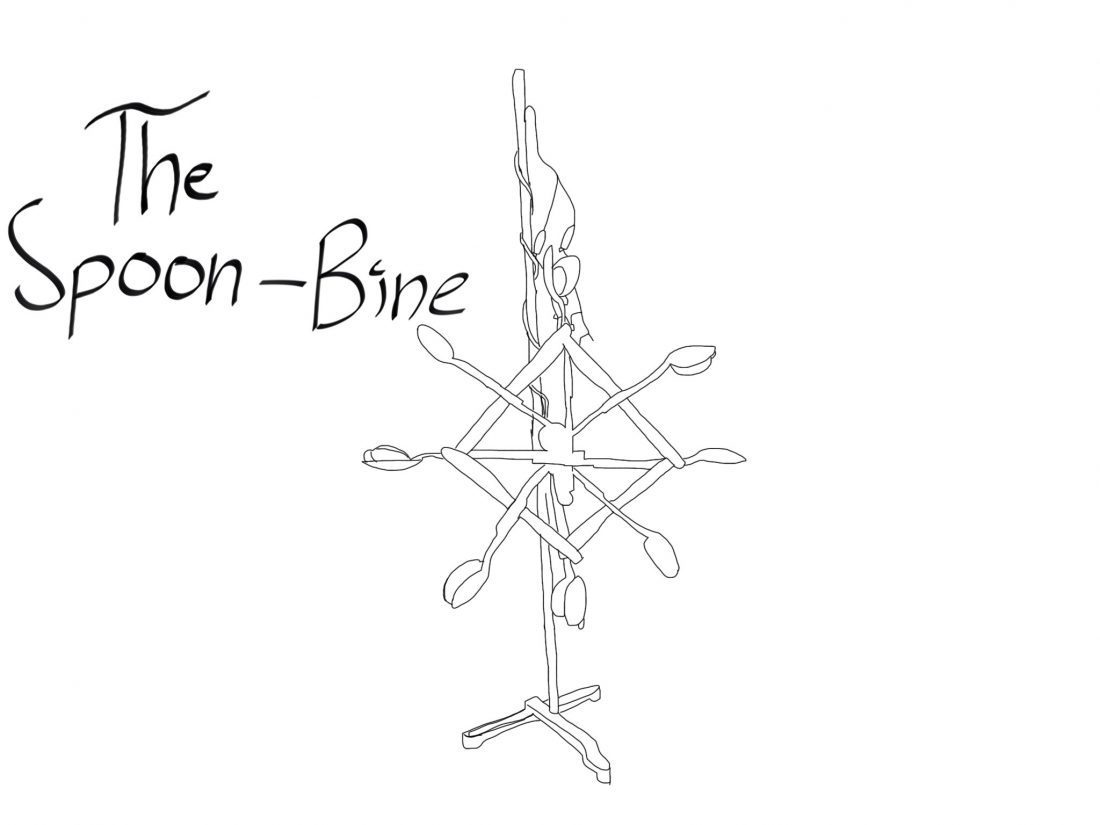Welcome, to yet another blog post.
As we are nearing the end of the school year, we are wrapping up units, and prepping for the last units of the year. The unit we just finished combined both math and science to make one project. We merged the science of natural energy types with the math of linear equations and graphs.
We started off this project with our inquiry question, as always.
How can we capture and use renewable energy from nature?
But before we did anything, we took a one day field trip to Stave Falls, a power house in Mission, BC. We learned about how large bodies of water can make electricity using big generators. This type of energy source is really good because it is really clean and causes no pollution. We learned a lot on this field trip.
Next, when we got back to class the next day, we started working on the actual project. We were put into groups, and so me, Adam, Hannah and Robbie began brainstorming ideas.
The goal was to create a mini generator that would create electricity from nature.
Our first idea was a car, and when it rolled it would turn mini motors, generating electricity. So, we built a car using a small rectangular Tupperware container, four mini motors, four wheels, some wires and some tiny LED lights. The car would roll down on its wheels, pick up speed, and generate lots of electricity.
Theoretically.
But first we needed a hill of some sort. So since we were limited to our science classroom we decided to build a track that the car could go down, Hot Wheels style.
This is me and Adam setting up the track.
But, this didn’t turn out well at all. The track didn’t really hold together well and our car fell off and broke. Also, we realized it wasn’t generating electricity because the wheels were turning in opposite ways, cancelling out all the current we made.
Onto the next idea. A water propeller.
We didnt spend too much time on this idea. Using the Tupperware container, the plan was to have a propeller stick out of the container, which was attached to a motor inside the container that would generate electricity.
But we couldn’t figure out how to seal the container since we had to have a hole in it.
So we moved onto our next idea. A water wheel.
We figured this would be more practical since we knew of a few creek/river options with different speeds.
We got to work on the construction of the water wheel, and we decided to use the sturdy materials of plastic utensils and hot glue. Robbie was our main glue guy and we helped him design the wheel. Our first design looked like this:
This water wheel was attached to a hand crank generator, so the goal was to just spin the crank, since it had a motor and wires built into it.
On this particular wheel we had four spoons, all meant for scooping water, and in turn, spinning the crank generator and then lighting up an LED lightbulb.
But once we tested it in a small creek near our school we realized we needed to attach more spoons since it was barely spinning fast enough to turn the LED light on.
The solution was to add 4 more spoons to our design, and it worked really well after that. We tested that, and it turned on our one light. But we thought it could light up more than one. So we converted our light into a parallel circuit with 5 lights. We tested it again and it worked, lighting up all the lights.
But that’s not all, of course. We then had to make an advertisement showcasing our water wheel.
All the while making this project we had been working on linear equations and graphs. This is the math part, and we graphed how much energy over time our water wheel was producing, for our advertisement.
We filmed our advertisement pretty quickly even though we changed our storyline ideas twice.
Reflection
This project was fairly easy for me, and at the same time pretty fun. I say it was pretty easy because my group and I worked well together and we all pulled our weight in whatever we did. We had good ideas that we executed well. The only time we struggled was when deciding on what our advertisement would look like. We filmed our first idea, but then scrapped it when we realized it wasn’t very good. We quickly came up with a new idea and we all agreed it was pretty good. This project was also pretty fun to work on, and we had a lot of fun in our group, which is always good. We came up with a new idea quickly, and it turned into something we were proud to turn in. If I could change one thing about this project it would be to cut the time we had to work on this in half. We had three weeks but we only needed one and a half. With too long of a timeline, we end up with nothing to do during classtime sometimes. But, other than that I think this project was fun and a good learning experience.
Thats all for now,
See you






